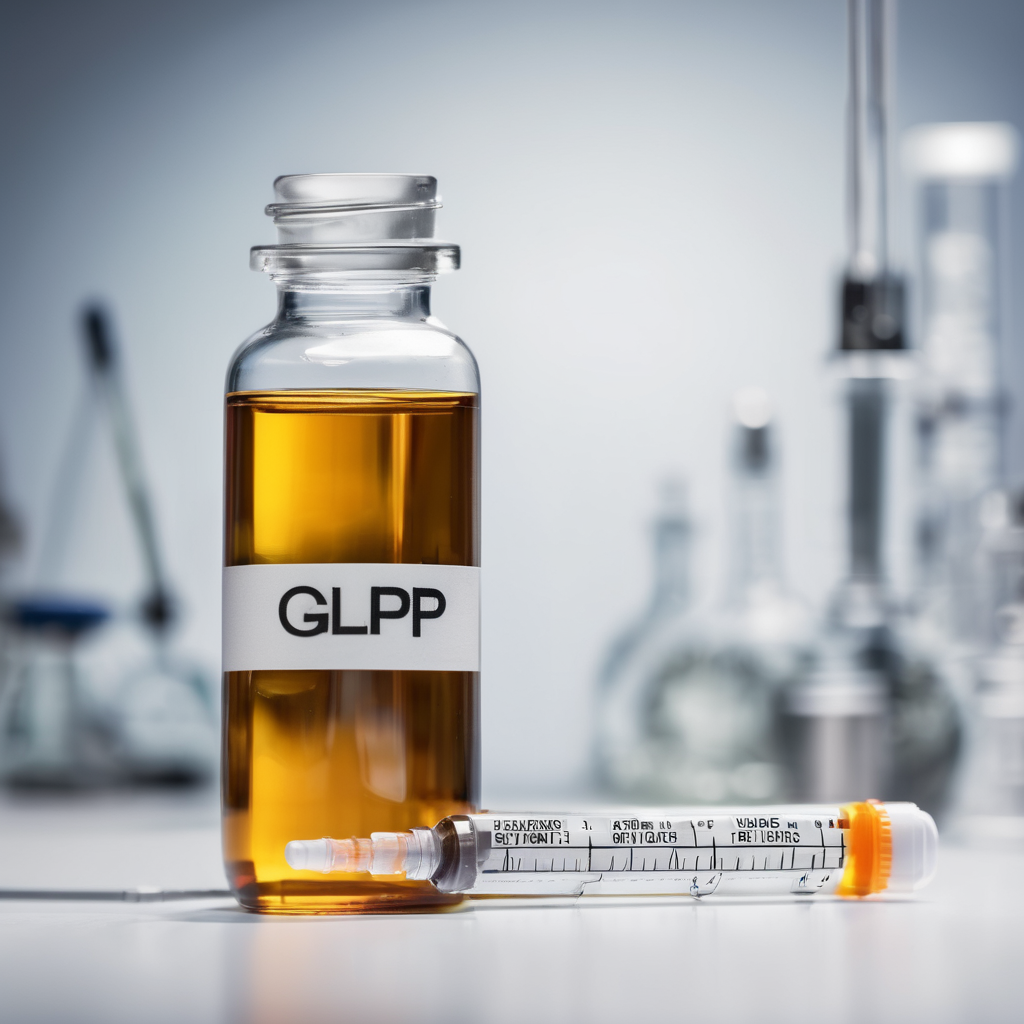Investing in pharmaceutical firms with diverse revenue streams and robust research and development pipelines can yield significant returns, as evidenced by Eli Lilly’s recent performance. The company has reported remarkable gains for the third quarter, with revenues soaring 54% year-over-year to reach $17.6 billion and adjusted earnings per share (EPS) skyrocketing by 495% to approximately $7.02. Following this positive trend, Eli Lilly management has raised its revenue forecasts for 2025 to a range of $63 billion to $65 billion, up from the prior estimate of $60 billion to $62 billion. Additionally, the company anticipates that the adjusted EPS for 2025 will fall between $23 and $23.70, a notable increase from the previous forecast of $21.70 to $23.
Eli Lilly’s shares have climbed 17.5% so far in 2025, slightly ahead of the S&P 500, suggesting that the growth trajectory remains strong as it heads into 2026. There are two main factors contributing to the company’s optimistic outlook moving forward.
One significant area of growth comes from Eli Lilly’s GLP-1 portfolio, which has become a crucial driver of revenue over recent quarters. In the booming U.S. incretin analog market, Eli Lilly’s medications captured a 57.9% share of total prescriptions in the third quarter, marking a 1-point increase from the previous quarter. The company’s GLP-1 drug, tirzepatide, marketed as Zepbound for weight management and Mounjaro for type 2 diabetes, has shown promising results. For instance, prescriptions for Zepbound tripled year-over-year in the third quarter and made up 63% of all branded weight loss drug prescriptions in the U.S. Similarly, Mounjaro’s U.S. prescriptions surged over 60%, leading the market for type 2 diabetes incretin analog drugs with a 45% market share. Notably, Mounjaro is also becoming a global success, available in 55 countries and experiencing a 56% rise in international sales.
Eli Lilly is poised for additional growth as it seeks to expand its GLP-1 drug portfolio further. The company has completed phase 3 trials for its oral GLP-1 candidate, orforglipron, which showed superior performance in blood sugar control and weight loss in comparison to the highest dose of FDA-approved oral semaglutide. Eli Lilly is preparing to file a regulatory application for orforglipron and has plans for a U.S. market launch in 2026, which would provide a more convenient treatment option for patients.
Further boosting its prospects, Eli Lilly awaits results from its ATTAIN-MAINTAIN phase 3 study, which examines whether patients who achieved weight loss using injectable GLP-1 medications can maintain that loss through oral therapy. Positive results could position orforglipron as an effective maintenance treatment. Additionally, expectations for another GLP-1 candidate, retatrutide, suggest it may deliver quicker weight loss results than existing drugs, with results from six phase 3 trials anticipated by the end of 2026.
Recently, Eli Lilly also secured FDA approval for Inluriyo, intended for patients with advanced or metastatic breast cancer exhibiting certain mutations, and received approval from the European Union’s regulatory body for Kisunla to be prescribed for early symptomatic Alzheimer’s disease. These developments indicate that Eli Lilly will boast multiple growth avenues to continue driving sales in the upcoming years.
Currently, Eli Lilly is trading at approximately 29 times its forward earnings. However, given the multitude of potential growth catalysts at play, the stock remains an appealing investment even at this elevated valuation level.
